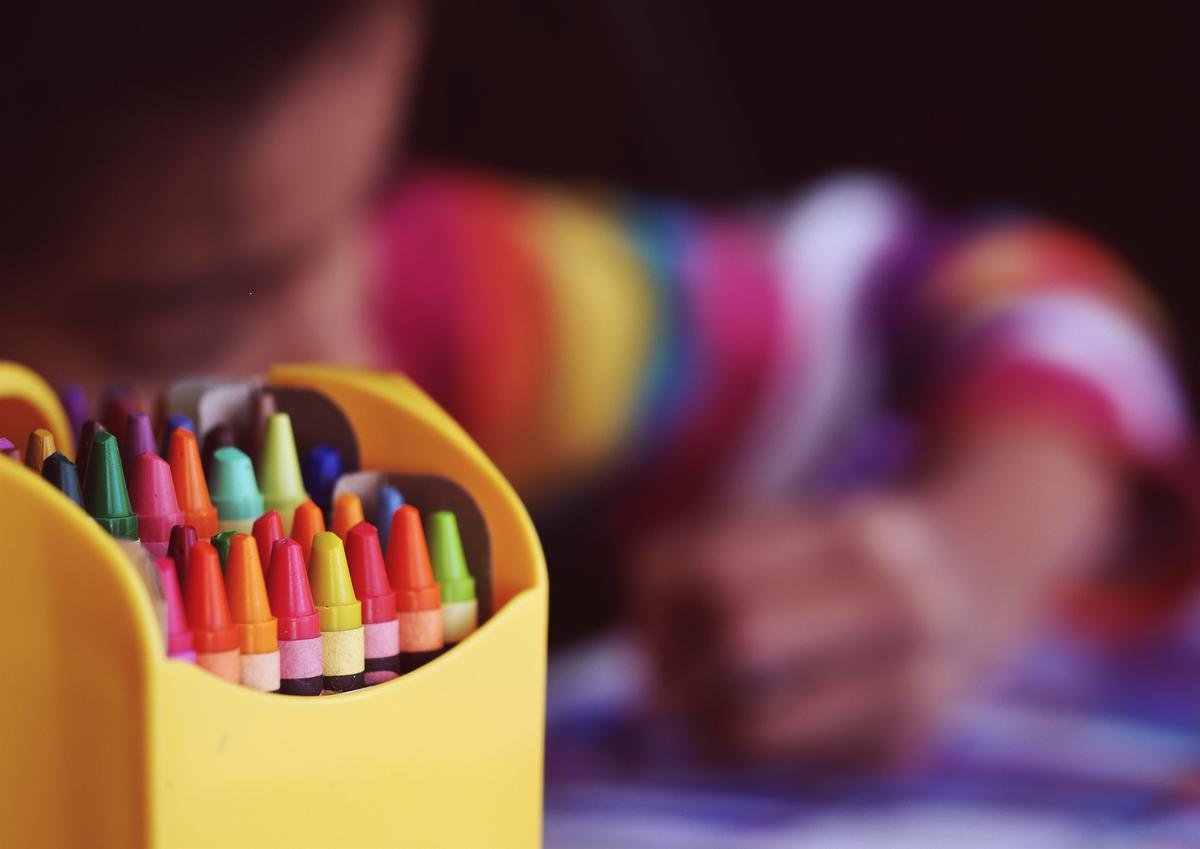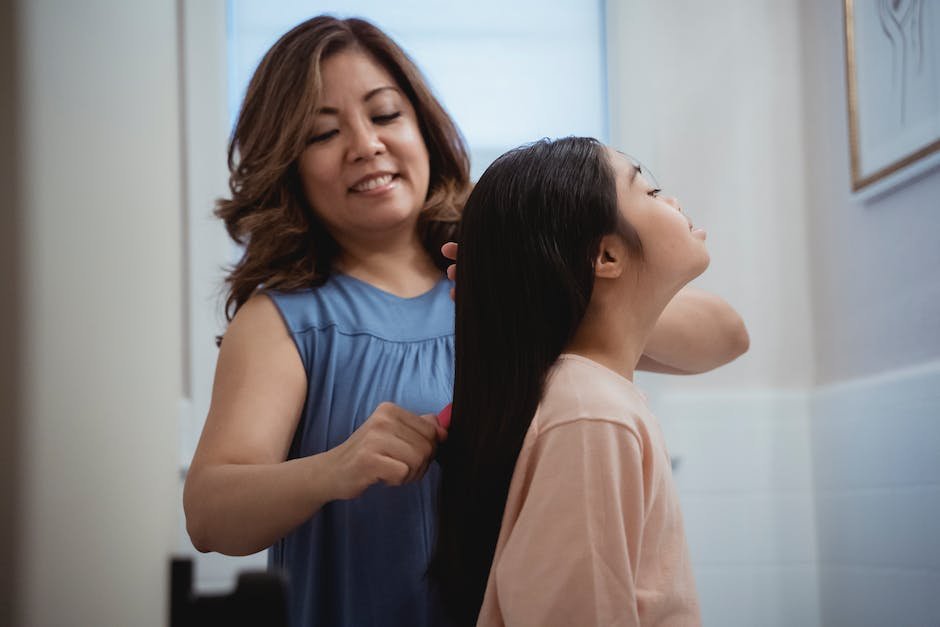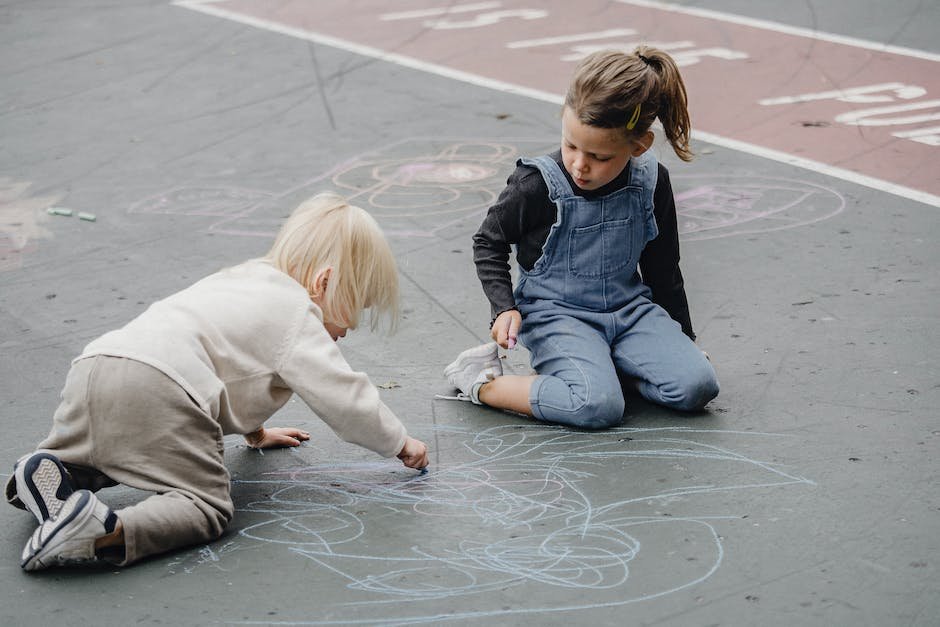
Autism, primarily characterized by its unique sensory processing variant, often manifests in particular behaviors that might be deemed unusual or inexplicable to the general public. One such behavior is the aversion many children with autism demonstrate towards seemingly routine activities such as having their hair combed. To comprehend this, it’s critical to delve deeper into the nature of autism, the sensory sensitivities associated with it, and how these can cause discomfort during basic grooming practices. This discourse aims to explore these characteristics of autism, focusing on the physical and psychological factors that may cause distress during hair combing, and offers practical tips to make the process more tolerable and agreeable for autistic children.
Understanding Autism and Sensory Sensitivities
Title: Understanding Autism: Sensory Sensitivities and Hair Combing
Every child has their unique path of development, and those diagnosed with autism are no exception. This neurological condition distinctively influences how a child perceives, processes, and interacts with the world around them—a mental journey that’s fascinatingly exclusive to each individual.
Among the various characteristics recognized in autism, is the unusual sensitivity to sensory input. This explanation paves the way to understanding why some tasks, like hair combing, can prove challenging.
Sensory Sensitivities in Autism
Autistic children experience the world vividly. This vibrant perception stems from their unique sensory sensitivities. Typically, five sensory categories are known: sight, sound, smell, taste, and touch. However, autism includes two additional categories—proprioception and vestibular senses—which respectively refer to the perception of body position and gravity.
In autistic children, these senses may be amplified or dulled. For instance, a lightly humming air conditioner may be as loud as a rock concert, or the soft fur of a kitten may feel like sandpaper. There are also instances when the opposite can occur and sensory stimulants are muted or ignored, leading to an apparent lack of reaction to certain inputs.
But how do these sensory sensitivities tie into the relatable activity of hair combing?
The Challenge of Hair Combing
Hair combing is a multi-sensory activity that involves touch, sound, and proprioception. However, because of the sensory sensitivities mentioned earlier, a seemingly simple task can turn into an overwhelming experience for an autistic child.
A normal comb’s teeth may feel harsh against the scalp, or the act of pulling a comb through tangled hair might incite pain more acutely. The sound of hair being brushed might be intolerably loud for some. Realizing how much force to put into pulling a comb through hair—a proprioception task—can also be exceedingly difficult.
Obviously, these sensory experiences can make combing hair quite an ordeal. However, there are various solutions parents and caregivers can explore.
Adapting the Approach
Understanding that autistic children have unique sensory experiences is the first step. From there, reading the cues of the child and adapting the approach can make hair combing easier and more pleasant for everyone involved.
Soft brushes instead of hard-toothed combs may alleviate discomfort, and untangling sprays might help lessens the pulling sensation. Experimenting with auditory distractions like calming music might also help mitigate the sound of brushing. Above all, patience, empathy, and reassuring communication are transformative.
Celebrating Uniqueness
Every unique sensory experience of an autistic child gives insight into their perceptual world. It’s through understanding these experiences, such as the complexity of hair combing, that we can offer support, adapt our approach, and celebrate their unique vision of the world. The journey into understanding autism constantly teaches us the beauty of differences and the importance of inclusivity—the very substance of the family we hold dear.

Physical Reasons Behind the Discomfort
Recognizing the Signs of Hair Combing Discomfort in Children with Autism
Combing hair is a daily routine that can be highly challenging for children with autism due to their unique sensory experiences. For these children, the seemingly gentle touch of a brush or comb can feel extremely uncomfortable. To ensure the well-being of these precious ones, it is crucial to understand the clear physical signs that the process of hair combing may be causing unease.
One of the overt manifestations is the immediate immune response, which can be triggered as a defense mechanism. Children might exhibit a flushed face, sweating, or an increased heart rate when nervous or uncomfortable. If heartbeats quicken or cheeks redden during or after combing, their body might be expressing a stressful reaction.
Physically recoiling from the comb or brush is another common sign of discomfort. A child may instinctively pull away, flinch, or even shield their head when the combing process starts. This physical withdrawal is their way of avoiding a stimulus that provokes distress.
Moreover, look out for facial expressions that mirror discomfort. Squinting eyes, gritting teeth, or furrowed brows, are non-verbal cues suggesting that the sensation might be too intense for them to tolerate.
Also, extreme emotional responses, such as tears or tantrums, can be indicators of the distress they feel due to their heightened or dulled senses. These reactions must be carefully examined as they may be direct communicative cues about their unease.
Finally, a change in their routine-based behavior can be an observable sign of discomfort. For instance, a usually calm child might become agitated or restless during hair combing. This sudden shift might indicate that the experience is causing them distress.
Identifying these indicators aids us in working towards creating a haircare routine that respects and accommodates their sensory needs. By integrating tools or techniques that ease discomfort, such as using a soft-bristled brush or comb, combing during a calming activity, or even making use of distraction techniques, we can strive to transform hair combing from a daunting task into a more pleasant and manageable experience.
Notice these signs, learn from them, and adjust your approach. Each child with autism is unique with sensory needs different from one another. As parents, caregivers or friends, our role is to make their world more comfortable, and in doing so, acknowledging their uniqueness and extending our empathetic support. The road to a more inclusive society begins at home, with understanding, patience, and a whole lot of love.

Psychological Factors Influencing Hair Combing
Understanding the Aversion to Hair Combing in Autistic Children
As we lift the veil to delve deeper into the nitty-gritty of the aversion to hair combing in autistic children, we must recognize and appreciate the complexity of the minds of these children. These unique minds, shaped by varying psychological factors, reflect the intricacy that characterizes the human brain. Often, what shapes the personality and behavior of an autistic child eludes common understandings and necessitates thoughtful exploration to comprehend their world. Let’s take a closer look at some of these factors.
Firstly, let’s consider anxiety and discomfort that some children may associate with hair combing. Anxiety, in general, is a common comorbidity in autistic children, and the sensation of hair combing can certainly trigger this. The inherent unpredictability of the act, not knowing exactly when the next stroke will come or how it will feel, can heighten their anxiety. By recognizing this, we’re taking the first step in fostering an environment where they can feel safe and understood.
Next, let’s shed light on the role of routine and structure. Autistic children usually find solace in predictability, thriving in the anecdotal ‘the devil you know’ environment. As a result, any break from their routine—like an unexpected hair combing session—can prove very distressing. The key here is maintaining consistency. While it might not always be possible, sticking to a similar time and approach each time can make combing a more familiar and less intimidating part of their routine.
Another vital aspect to understand is the role of control—a theme often overlooked. Autistic children may seek control over their surroundings to manage their anxiety and sensory struggles. For them, hair combing is an act where they aren’t in control, which can amplify their aversion. Offering some control back to them, like letting them choose the comb or brush to be used, or getting them to take turns in combing, can potentially reduce this aversion.
Cognitive flexibility or adaptability, which refers to one’s ability to adapt behaviors in response to changes in the environment or task at hand, is often a challenge for autistic children. A hard comb might feel different from a softer one, and the subtlety of this could throw them off. Recognizing their need for consistency and minimal shift in sensory input is, consequently, of immense importance.
None of the above would be accurate if we failed to recognize how the individuals’ unique emotional resilience played a role. Each child has a unique threshold of emotional tolerance to different stimuli and situations. When this threshold is crossed, the emotional response can be intense and hard to manage. So, for hair combing, the negative physical sensation might be too much for their emotional resilience to handle, leading to the aversion.
It’s essential to realize that every autistic child is unique, just as every star in the galaxy is different. Understanding this diversity and tailoring our approach accordingly is central to making hair combing—and indeed their overall journey—more comfortable and accepting. After all, our shared goal is a more inclusive and respectful world, where these children’s needs are understood and catered to, laying the foundation of a future where they can shine in their own extraordinary way.

Practical Tips for a Better Hair Combing Experience
As every parent knows, ensuring our little ones remain comfortable as they navigate the world can sometimes feel like a Herculean task. If your child happens to be on the autism spectrum, traditional activities can often feel a bit more daunting – particularly when it comes to keeping their hair tangle-free.
Building on the already highlighted challenges, it’s key to delve deeper into practical strategies for making hair combing a more comfortable experience for your autistic child. Comprehending the spectrum of unique experiences they encounter is only the stepping stone, it’s the actual application of learned knowledge that can transform these often distressing moments into harmonious routines.
One of the significant ways to bridge this gap is through stimulatory substitutions. A detangler spray or leave-in conditioner can provide a multisensory experience, replacing the negative sensory input of tugging and pulling with the pleasant sensation of a cool mist or soothing scent. This approach not only helps in smoothing hair but also subtly shifts the focus away from the combing action itself.
Creating visual cues such as a step-by-step picture guide could be an additional tool, showcasing each stage of the hair combing process. This offers the child something tangible to grasp, creating a sense of comprehension and control, thereby reducing feelings of anxiety and discomfort linked to unexpected or unexplained actions.
Remember how a toy or favorite book made every doctor’s visit somewhat manageable? Distraction techniques can also be applied during hair combing. Play their favorite song, pop open a riveting picture book, or even engage them in a fun conversation. While they’re engaged and distracted, it makes for fewer interruptions and a gentler combing experience.
Developing the skill of patience goes a long way. While we maintain busy schedules, it’s vital to avoid rushing through this process. Consistently communicate with your child, allow them time to adjust to the sensation of combing. This gentler approach will not only reduce their anxiety but also help them become more familiar with the routine.
Lastly, do not forget to celebrate every win, no matter how small. Each successful hair combing encounter is not just a step towards building a hassle-free routine, but it also helps bolster your child’s resilience, confidence, and self-esteem.
By integrating understanding, creativity, and a bounty of love, these practical tips can turn hair combing from a distressing task into a serene and almost therapeutic experience for your autistic child. Ultimately, the real goal extends beyond just finding ways to ease such routines, to nurturing an environment that is inclusive and accepting for every unique experience our children bring to the table.

The intricacies of autism, and particularly the sensory sensitivities that come with it, can turn ordinary tasks into onerous ones. However, with the right understanding, approach, and tools, these routine tasks, like combing hair, can be transformed into comfortable, even enjoyable activities. The key is to be patient, empathetic, and adaptable; recognizing the individual experiences and discomforts of each child, and tailoring the approach accordingly. This understanding, combined with the practical tips provided, can make a significant difference in enhancing the hair combing experience for children with autism and those who care for them. Hair combing doesn’t have to be a dreaded task; instead, it can become an opportunity for trust-building, learning, and shared experiences.




